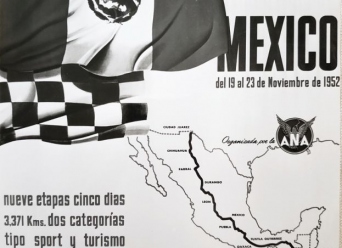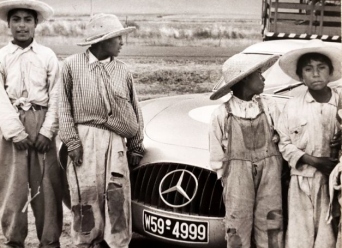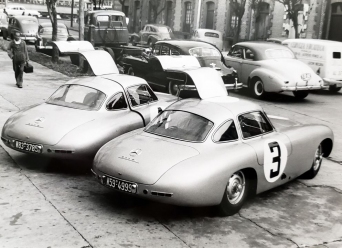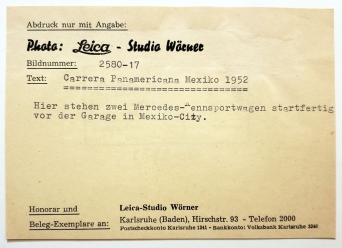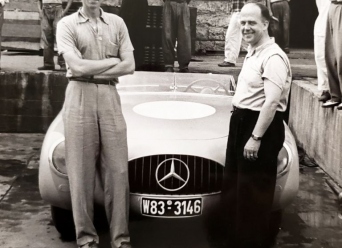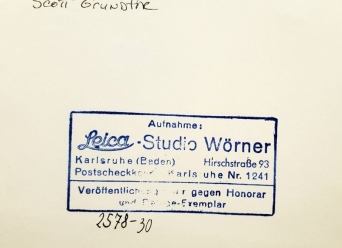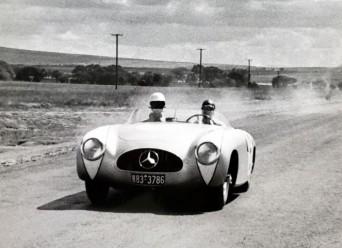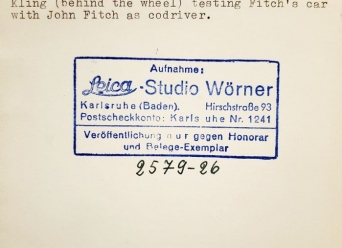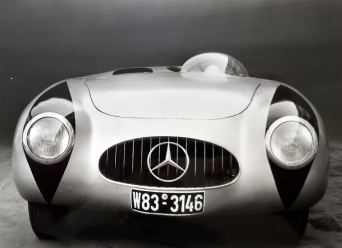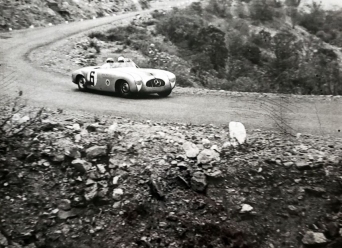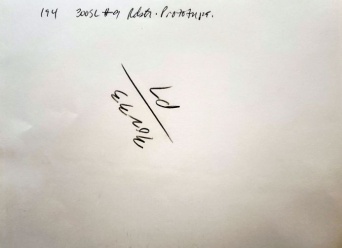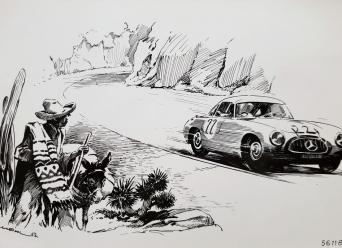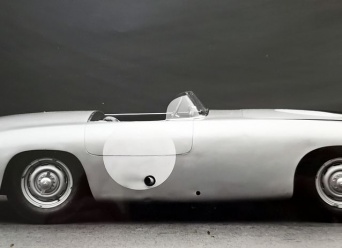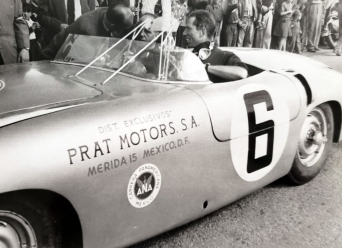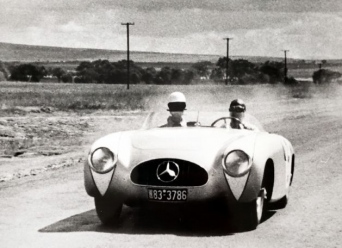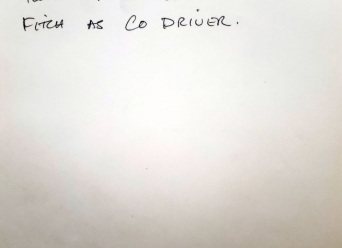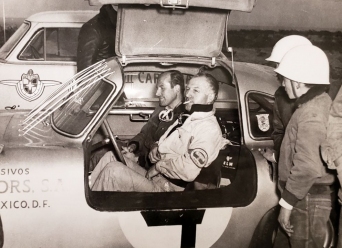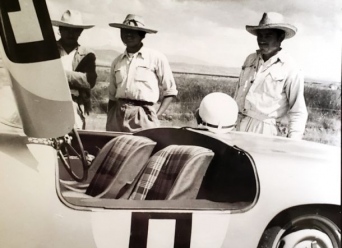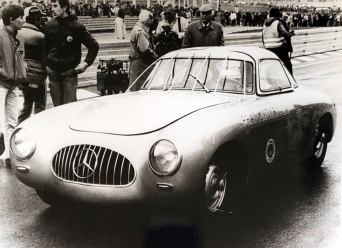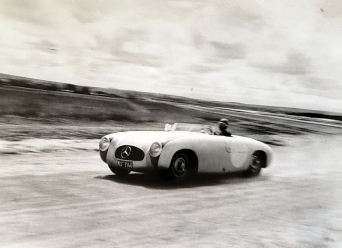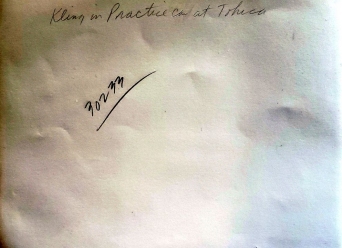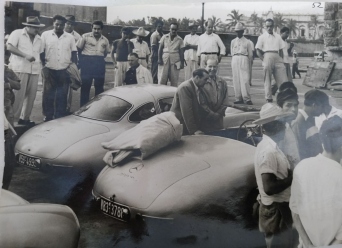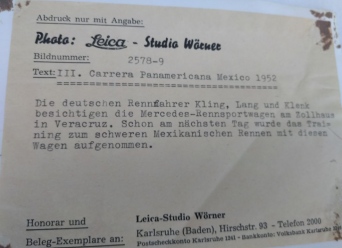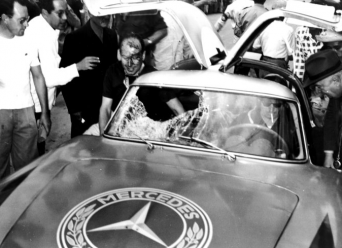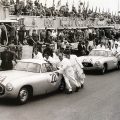In 1952 those in charge of the Carrera Panamericana divided what had been a single class into Sports Car and Stock Car entries so that the heavier American sedans did not have to compete directly with lighter and more racy European sports cars. Mercedes-Benz took notice of the event held in years prior, and this time sent a highly organized team of drivers and mechanics backed by the vaunted 300SL and with only one goal…domination.
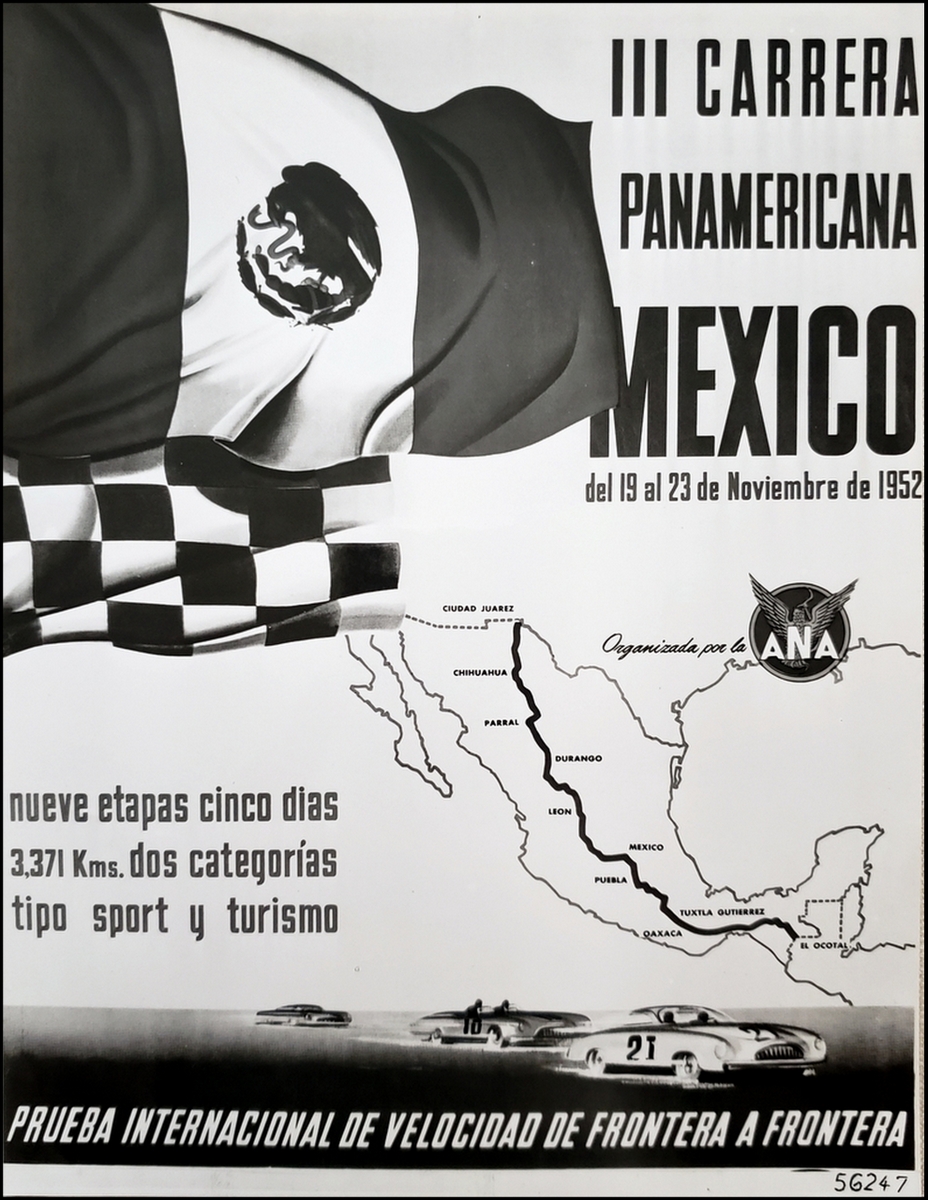
The Carrera Panamericana was a border-to-border sedan and sports car racing event on the open roads in Mexico somewhat akin to the Mille Miglia and Targa Florio run in Italy. Running for five consecutive years from 1950 to 1954, it was widely understood at the time to be by some margin the most dangerous race of any type in the world. During the short five year window of run time, the Carerra Panamericana was run by a who’s who of influential and legendary racers including Alberto Ascari, Juan Manuel Fangio, Phil Hill, Carrol Shelby, Dan Gurney, Jean Trevoux, Robert Monzon, Luis Chiron, Herman Lang, Karl Kling, Hans Hermann, Piero Taruffi and many more. It remains to this day one of the most revered endurance races of all time.
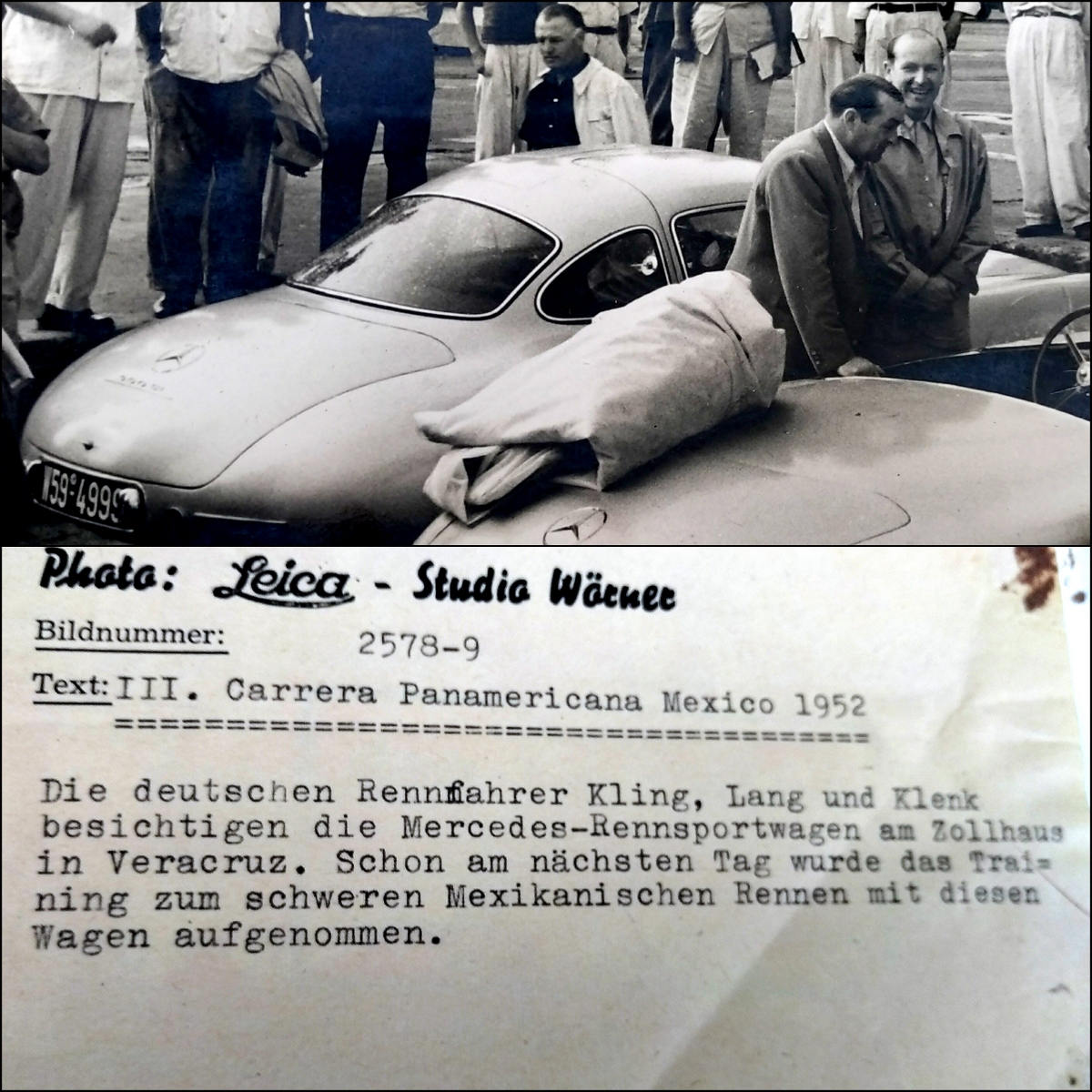
COPY The German racing drivers Kling, Lang and Klenk visit the Mercedes racing sports cars at the customs house in Veracruz. The next day would be training for the grueling Mexican race with participation by these cars. END COPY
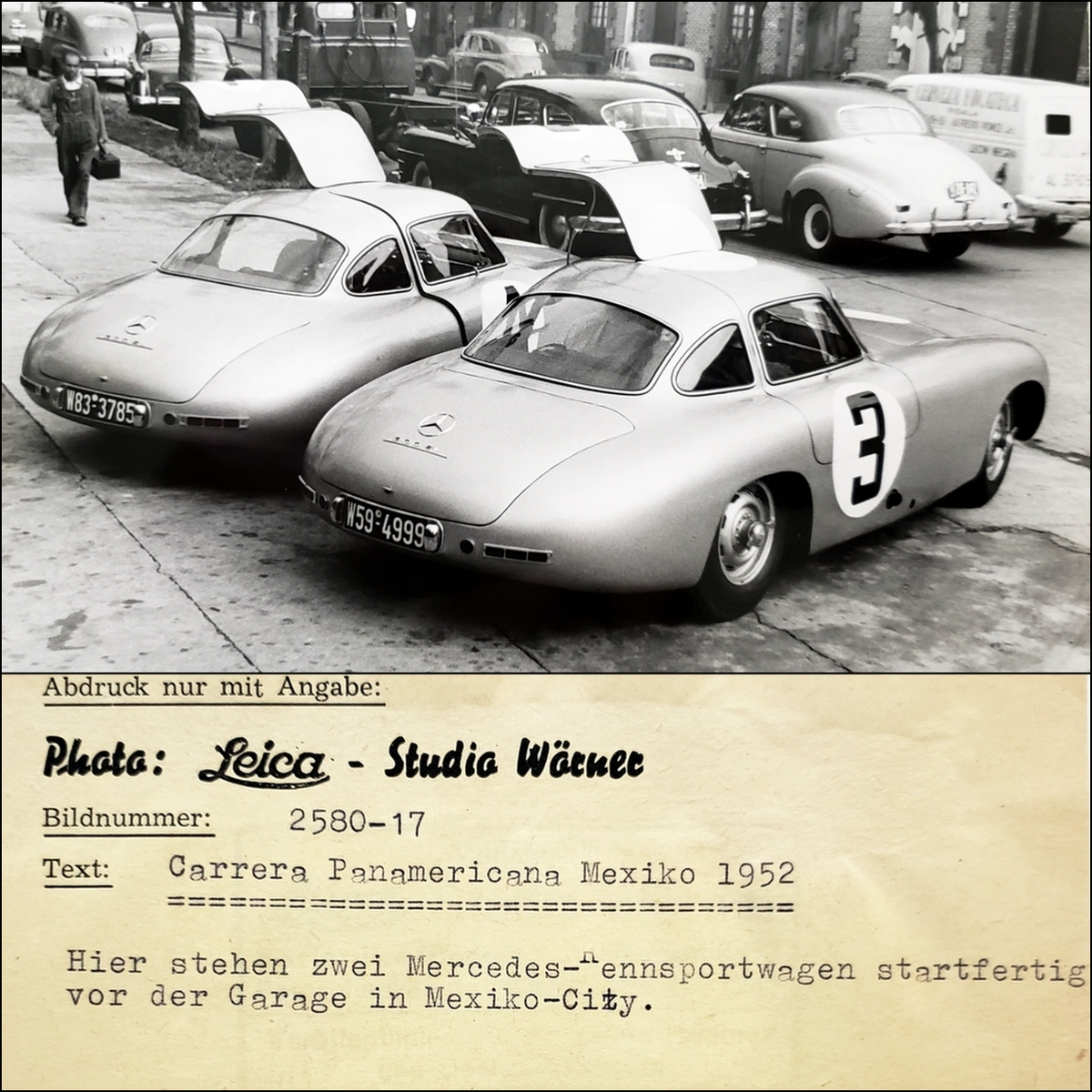
COPY Here are two Mercedes racing cars ready to start in front of the garage in Mexico City. END COPY
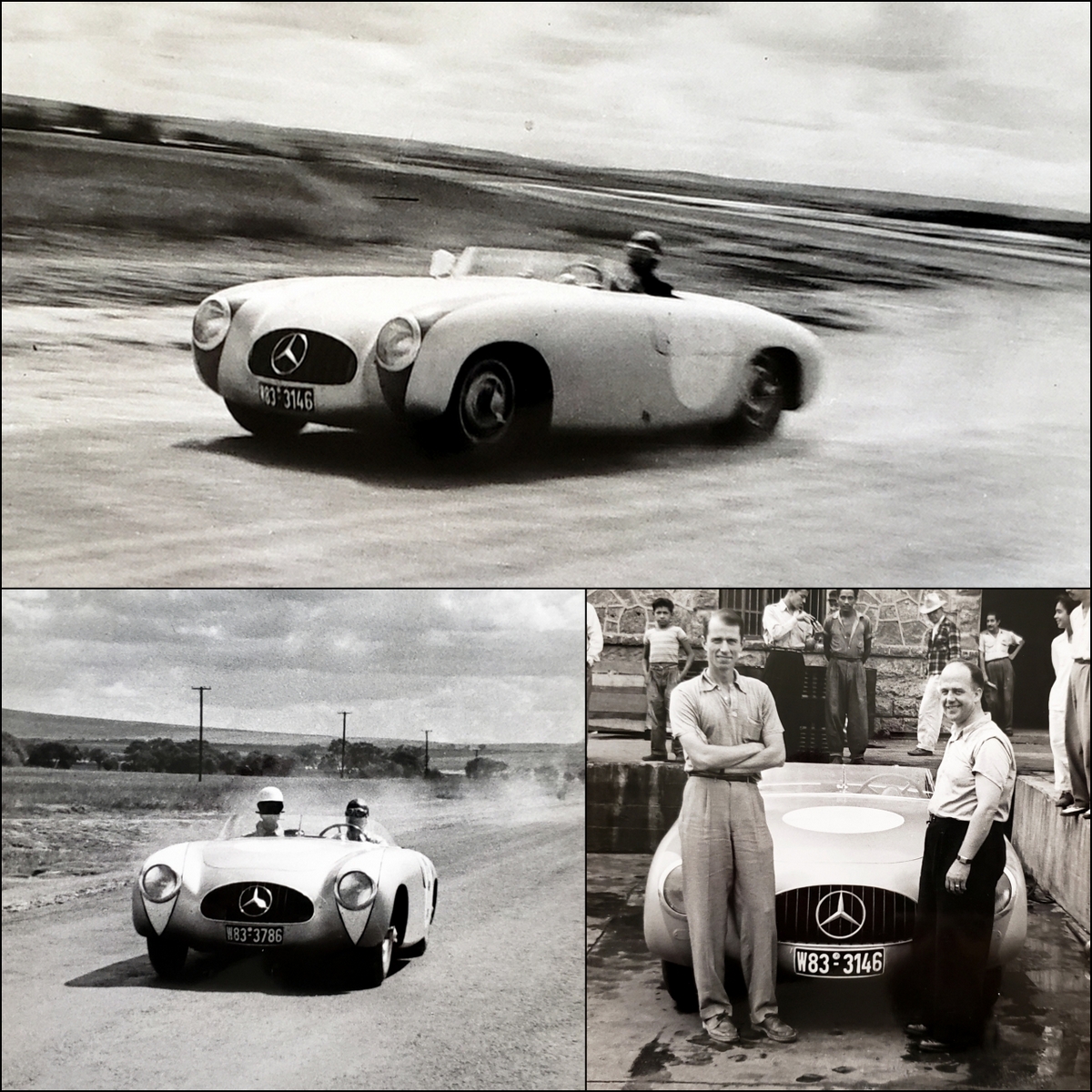
At Top: Karl Kling in an open practice car at Tohica. Bottom Left: The Maestro, Karl Kling (behind the wheel) testing Fitch’s open race car with Fitch himself as the co-driver. An illustration of the organization and teamwork employed by team Mercedes in pursuit of absolute victory. Bottom Right: John Fitch (left) and his co-driver Eugen Geiger.
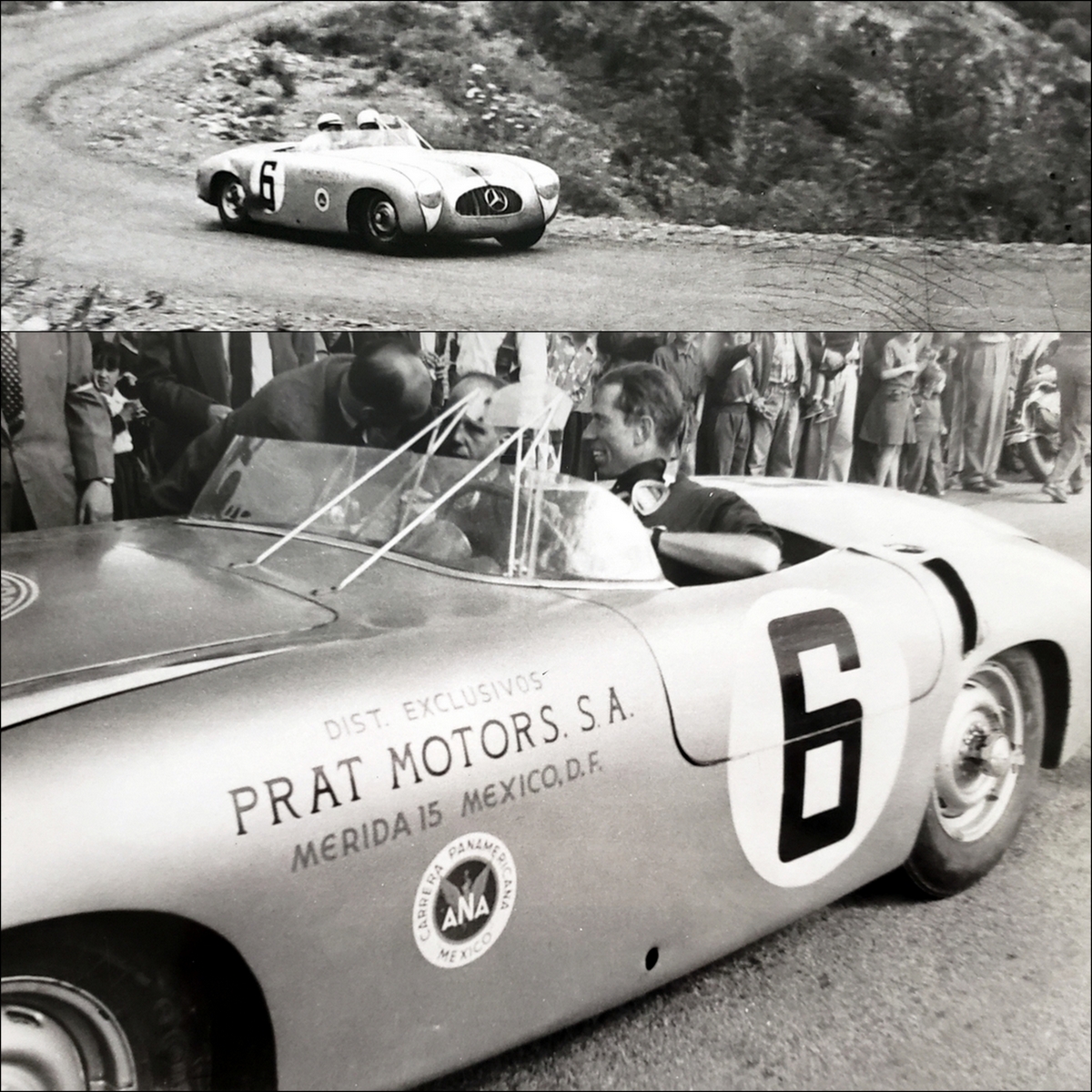
Fitch and Geiger in the 1952 Carrera Panamericana 194 300SL #9 Roadster Prototype. Karl Kling and Herman Lang finished first and second in the grueling endurance event, and a 1-2-3 finish was likely to be the final result had Fitch and Geiger not been disqualified for permitting a mechanic to touch his car on the second to last day.
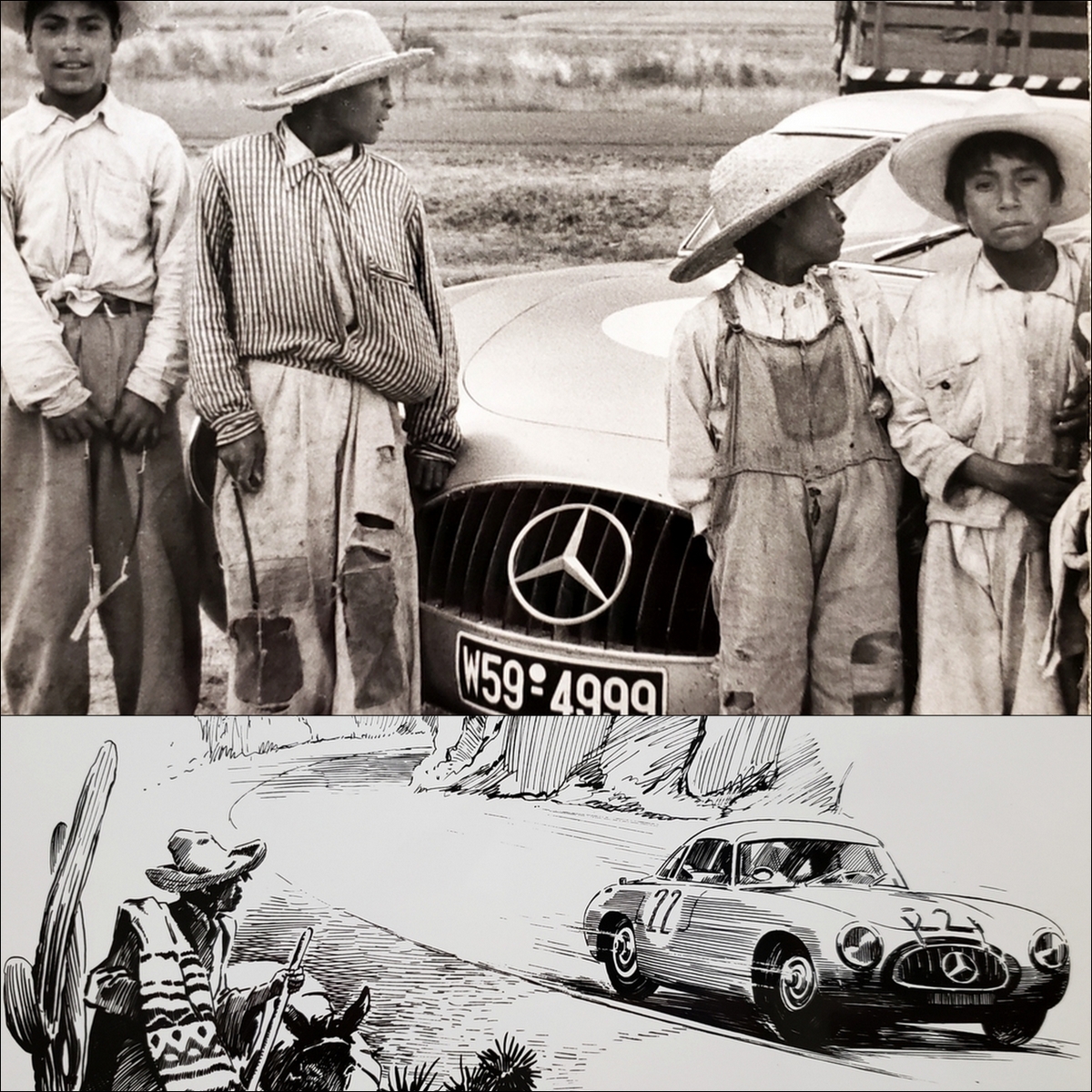
The Carrera Panamericana was flavored not only by exceptional race drivers and cutting edge cars, it was largely the stuff of legends because of the terrain and due to the interest and support of the wonderful Mexican people. Here we see young Mexican boys having their photo taken with the 194 Mercedes Coupe. The Carrera was a meeting of the worlds, both worlds driven by dense determination and vigorous fortitude embodying the event itself, which was one of extreme endurance.
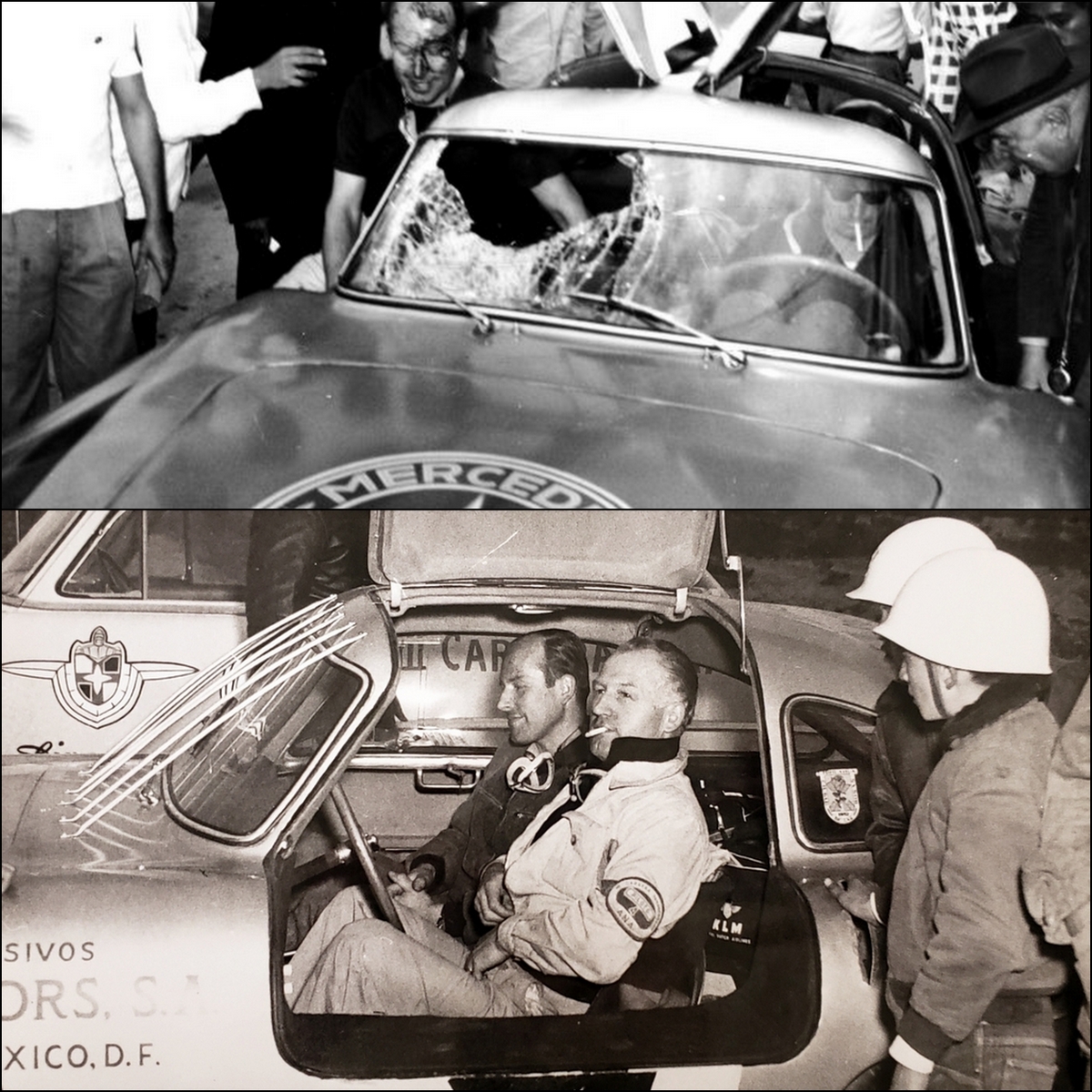
At Top: As testament to the visceral nature of the event itself, the first place finish of the Mercedes-Benz W194 driven by Karl Kling and Hans Klenk came at the expense of an unfortunate rendezvous between a vulture and the windshield of the car, prior to impact with Klenk’s face!. During a long right-hand bend during the first stage taken at almost 200 km/h (120 mph), the team failed to spot several vultures sitting by the side of the road. As the large scavenger birds scattered as the howling 300 SL approached, one of them impacted and smashed through the windscreen on the passenger side, briefly knocking co-driver and navigator Klenk unconscious. Despite bleeding badly from facial injuries caused by the shattered windscreen, Klenk encouraged Kling to maintain speed, and held himself together until a tire change would occur nearly 70 km (43 mi) later to clean himself and the car up. At Bottom: For extra protection, eight vertical steel bars were bolted over the new windscreen. Protection from vulture intrusion into the cabin was apparently unforeseeable, even for the best of German engineers.
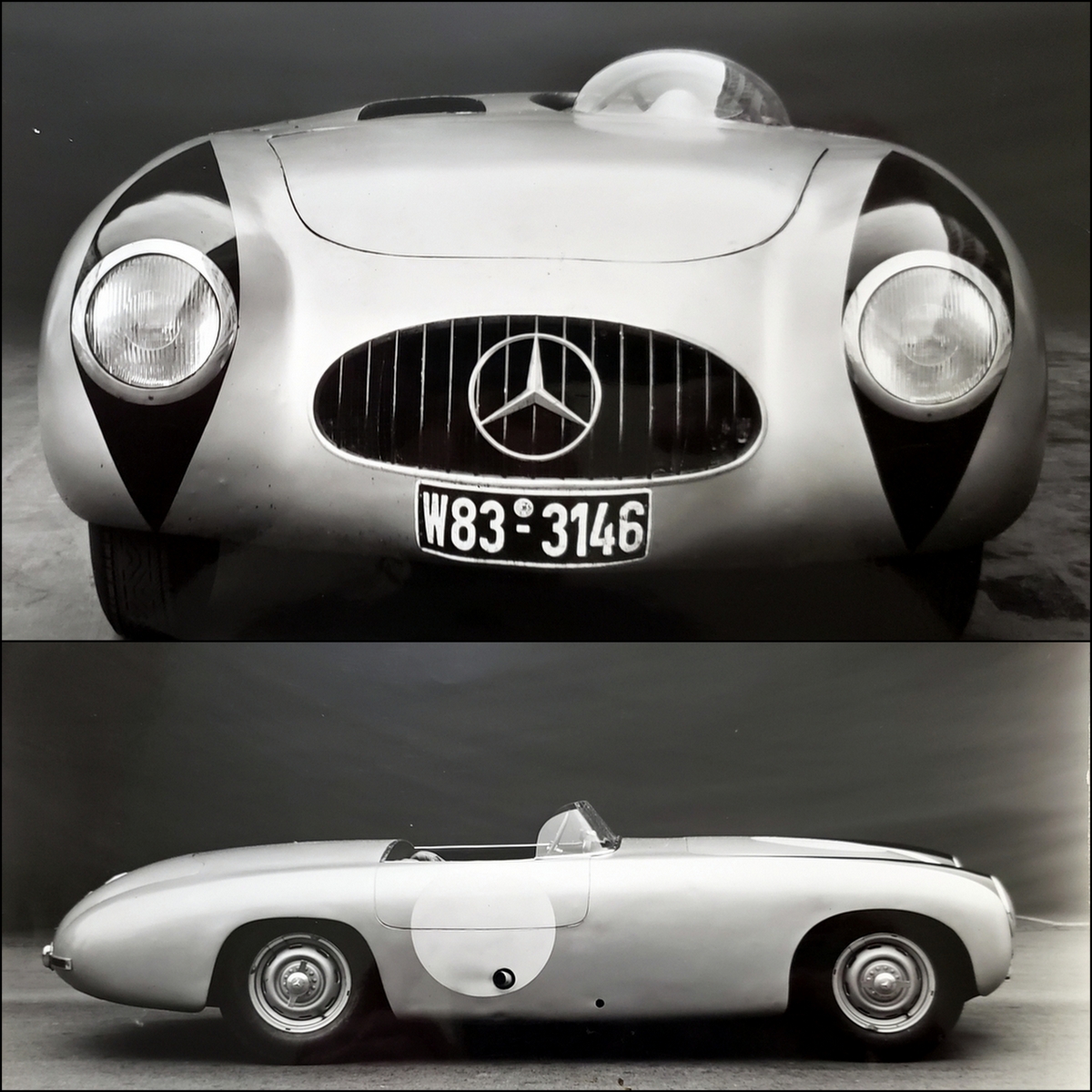
Despite the beauty of Fitch’s open Mercedes racer, it remains quite clear on close examination that these were truly hand built and imperfect purpose driven endurance machines.
